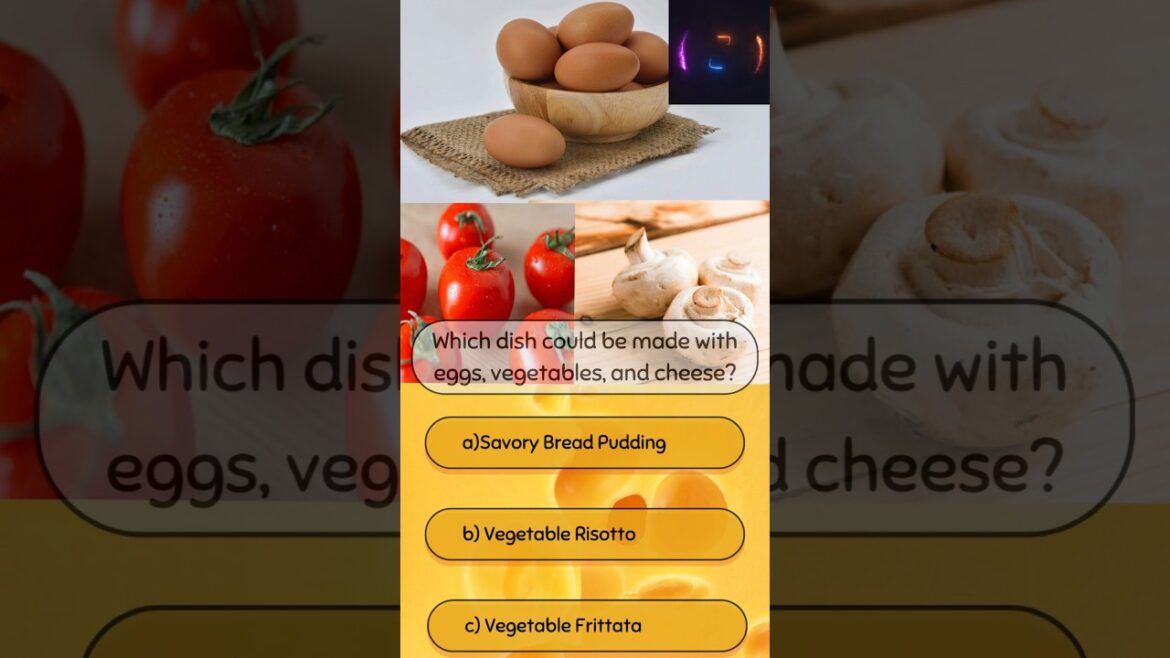A frittata is an Italian-style omelette or crustless quiche, known for being hearty and versatile, filled with a variety of ingredients like vegetables, meats, cheeses, and herbs. It is typically cooked slowly, either on the stovetop or in the oven, and can be served warm or at room temperature.
Key Features of Frittata:
Ingredients:
Eggs: The base of the frittata is a mixture of beaten eggs.
Fillings: A wide range of ingredients can be used, including:
Vegetables: Spinach, tomatoes, zucchini, peppers, onions, mushrooms.
Meats: Bacon, sausage, ham, or even leftover meats like chicken or steak.
Cheese: Cheddar, Parmesan, goat cheese, or mozzarella add creaminess.
Herbs: Fresh herbs like parsley, basil, or thyme enhance the flavour.
Texture:
A frittata has a fluffy and tender texture, similar to a thick omelette or quiche without a crust.
Unlike a regular omelette, the fillings are mixed into the eggs rather than folded in.
Cooking Method:
Stovetop to Oven: Typically, a frittata is first cooked on the stovetop until the edges are set, then finished in the oven or under the broiler to cook the top evenly.
Slow Cooking: It is cooked over low to medium heat, ensuring the eggs cook gently and remain tender, without becoming dry.
Versatility:
A frittata is an excellent way to use up leftover ingredients. You can mix in virtually any combination of vegetables, meats, and cheeses based on what you have on hand.
It can be served for breakfast, lunch, or even dinner, and is ideal for meal prep since it can be enjoyed hot or cold.
Health Benefits:
High in Protein: Eggs provide a rich source of protein, making a frittata a filling and nutritious option.
Rich in Nutrients: The addition of vegetables, meats, and cheese adds vitamins, minerals, and healthy fats to the dish.
Low in Carbohydrates: A frittata is naturally low in carbs, making it a great option for low-carb or keto diets.
Serving Suggestions:
Breakfast or Brunch: Often served with toast or a side of fresh fruit.
Lunch or Dinner: Can be paired with a simple green salad or roasted vegetables.
Snacks or Appetizers: Small slices of frittata work well as a snack or party appetizer.
Preparation Tips:
Non-Stick Pan: Using a well-seasoned cast iron skillet or a non-stick pan helps to prevent the frittata from sticking.
Gentle Heat: Cook the frittata slowly over moderate heat to avoid overcooking and ensure a light, creamy texture.
Finishing in the Oven: Use a broiler or the oven to finish cooking the top and achieve a golden, slightly crisp surface.
Frittatas are easy to make, adaptable to various ingredients, and can be enjoyed in many ways, making them a staple in many kitchens around the world.

